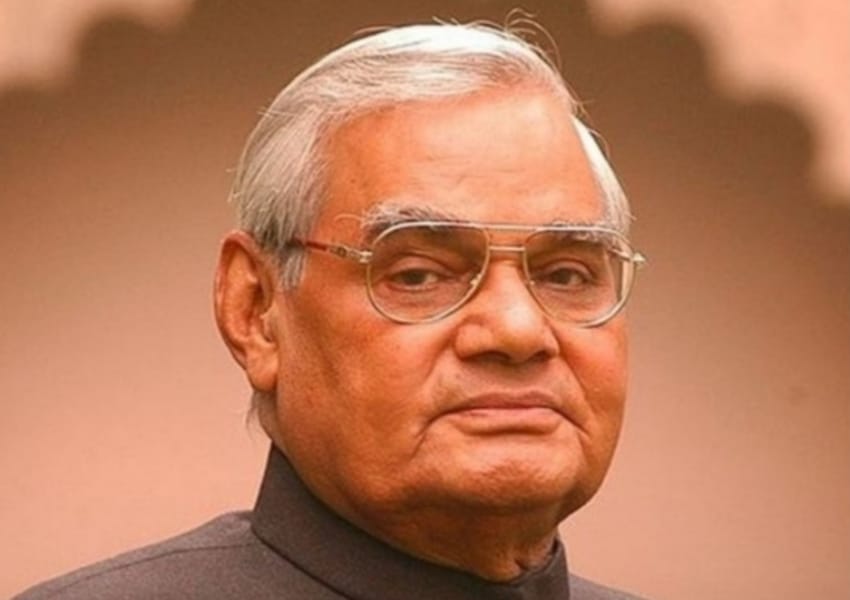Electricity authority for battery standardisation to boost EV-to-grid charging

The Central Electricity Authority said a significant scaling up in electric vehicle deployment represents an opportunity for the power sector
The Central Electricity Authority (CEA) has proposed standardised measures for batteries and interoperability to facilitate the integration of electric vehicles (EVs) with the grid through reverse charging. The concept of vehicle-to-grid (V2G) involves EVs feeding electricity back into the public power grid to meet energy demands. In its report on V2G reverse charging, the CEA calls for the inclusion of provisions for reactive power compensation in the CEA (Technical Standards for Connectivity to the Grid) Regulations.
The Ministry of Power had tasked the CEA in March to formulate guidelines for reverse charging from EV batteries, leading to the constitution of a committee under the authority’s chairman on 11 April . The report examines the services that EVs can offer to the power system through smart charging, addressing challenges, implementation requirements, and the way forward for seamless EV integration into the grid.
The push for standardisation arises as industry concerns over battery standards potentially hindering growth have been raised. Despite ongoing efforts by the Centre to establish standards for EV batteries and swapping, finalisation has faced resistance from the industry.
The report highlights the significant opportunity presented by the substantial increase in EV deployment for the power sector. With EVs spending 80-90 per cent of their lifetime parked, coupled with battery storage capacity, they could serve as a flexible solution for the power system, creating substantial electricity storage capacity. These vehicles act as flexible loads and decentralised storage resources, providing additional flexibility to support power system operations, according to the CEA report.
However, the report also underscores that the continued development of EV charging infrastructure and its integration hinges on the policy and regulatory framework. The challenges posed by high EV loads include network congestion, over voltage, undervoltage issues, reactive power compensation requirements, increased peak load, and phase imbalance. The installation of high-power chargers may necessitate upgrades to distribution infrastructure.
The report identifies standardisation, interoperability, bidirectional charging systems, synergies between mobility and the grid, robust bidirectional communication systems, customer incentives, tariff design, optimisation of grid infrastructure, integrated planning of the power and transport sectors, and revenue stacking for EVs as key factors in utilising EVs for V2G services.
The CEA suggests that aggregators should be allowed to participate in the electricity market by organising and optimising EV charging and managing load profiles through different ancillary services for the grid. The report outlines a process where aggregators establish connections with EVs in their fleets, considering state of charge (SoC), for participation in ancillary services to the grid.
Furthermore, the CEA states that distribution companies (discoms) are responsible for providing electricity connections for EV charging infrastructure, implementing the EV tariff structure, ensuring proper connection and operation of EV charging infrastructure, and developing EV readiness plans based on charging load impacts on the grid infrastructure. EV readiness plans would assist discoms in formulating load management strategies, grid upgrade plans, and additional power procurement plans based on different scenarios of EV penetration. This emphasis on V2G comes as EV adoption in the country gains momentum, supported by policy measures such as the Faster Adoption and Manufacturing of (Hybrid and) Electric Vehicles (FAME) scheme, National Mission on Transformative Mobility and Storage, and PM-eBus Sewa.










































































































































































































































































































































































































































































































































































































































































































































































































































































































































































































































































































































































